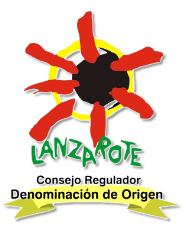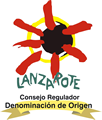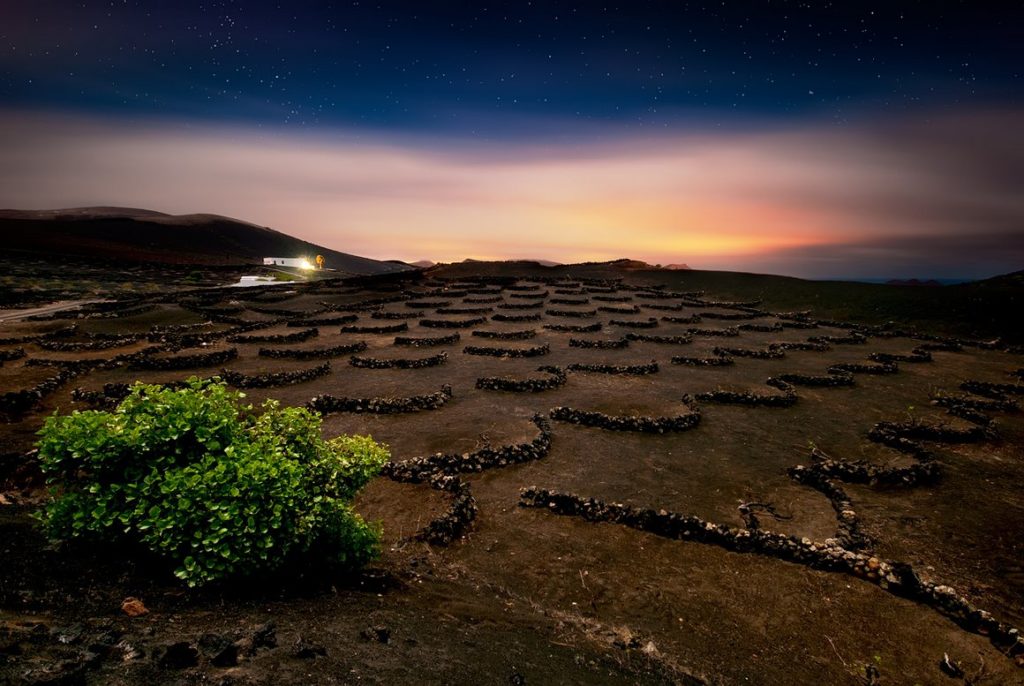Lanzarote has the most unique landscape in the archipelago of the Canary Islands, shaped by the lava of a number of volcanoes, with its lunar characteristics showing spectacular nuance in Timanfaya National Park.
Despite the endemic scarcity of rain, due to its proximity to warm Africa, the island offers all of the conditions for viticulture, a miracle that is due in equal measure to the tireless work of winegrowers and the benefits of the trade winds bringing moisture from the Atlantic over its tormented geography. Viticulture in Lanzarote is one of the clearest examples of this dramatic fight between man and environment.
After becoming free from the great battle with lava to find topsoil, winegrowers also had to deal with the scarcity of rain, as average annual precipitation is 150 mm, although the existence of the trade winds condenses the moisture of the ocean over the porous volcanic ash, which acts as a dark sponge retaining dew and transferring it to the grapevines throughout the day. A very slow osmosis allows excellent fruit to be grown over the volcanic ash, something that the people of Lanzarote (“conejeros”) have known how to use wisely.







